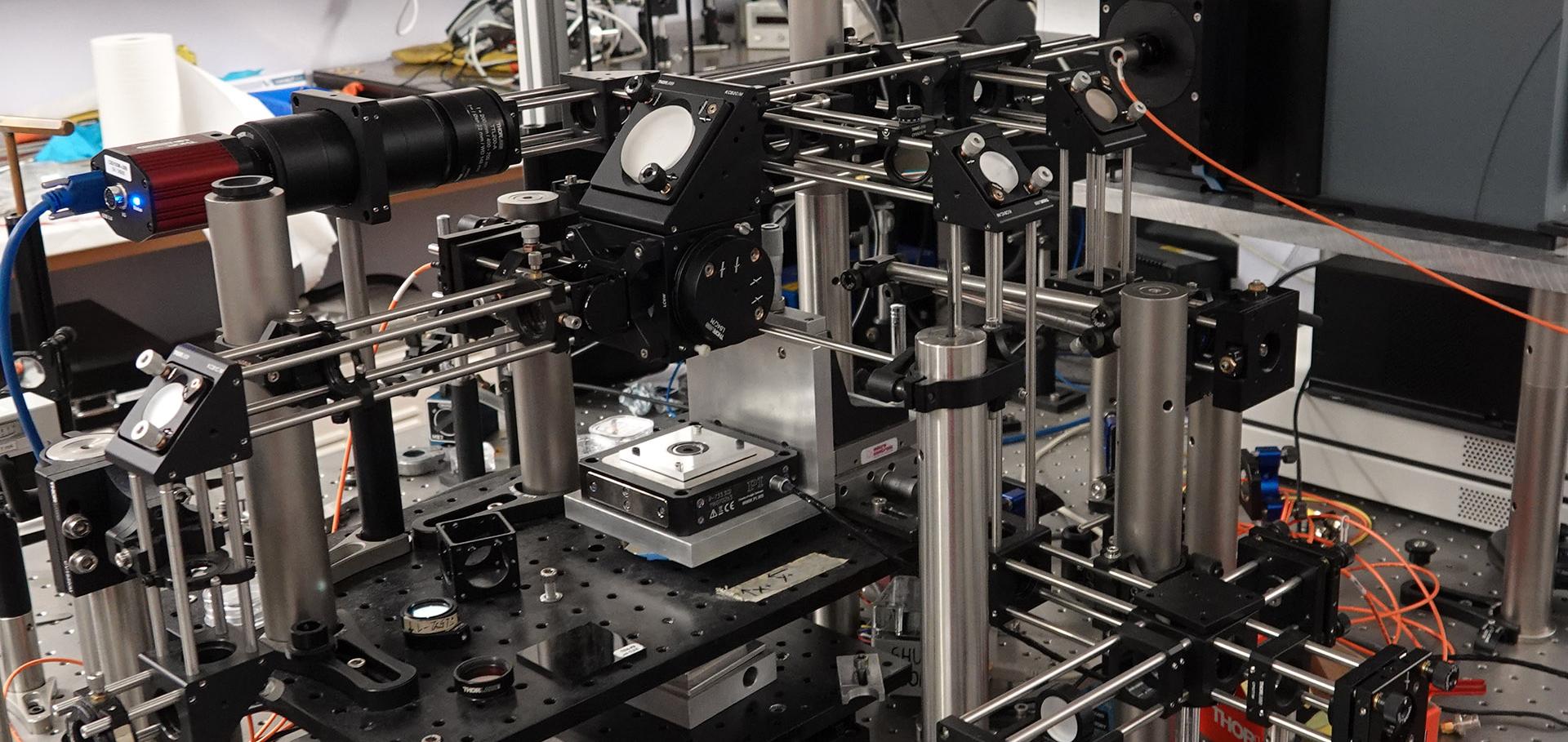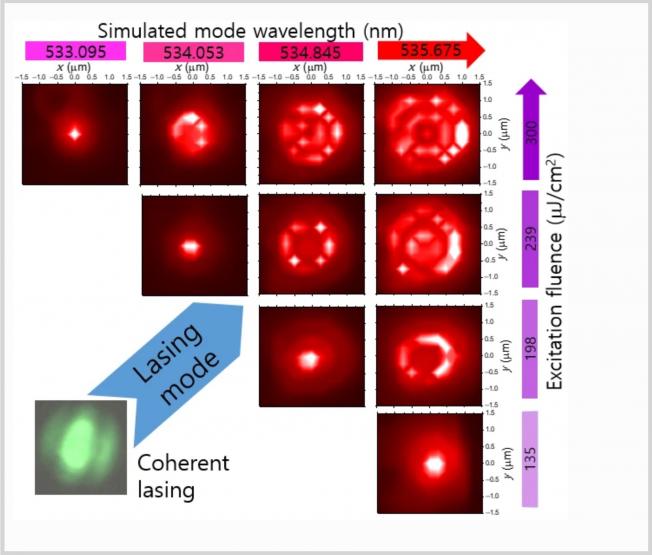Two-photon excitation spectroscopy of coupled asymmetric GaN/AlGaN quantum discs
NANOTECHNOLOGY 17:23 (2006) 5754-5758
Two-photon absorption in single site-controlled InGaN/GaN quantum dots
Physica Status Solidi C: Conferences 2:11 (2005) 3843-3846
Abstract:
We present micro-photoluminescence measurements on single site-controlled InGaN/GaN quantum dots using two-photon excitation Furthermore, measurements of photoluminescence excitation and time-resolved photoluminescence are also presented. We show that two-photon excitation results in total suppression of the emission from the underlying quantum well, to which the quantum dots are couple, and yet strong quantum dot emission. We attribute this effect to the enhancement of the two-photon absorption in the quantum dots as a result of the zero-dimensional confinement compared to that of the quantum wells. © 2005 WILEY-VCH Verlag GmbH & Co. KGaA, Weinheim.Biexciton and exciton dynamics in single InGaN quantum dots
Nanotechnology 16:9 (2005) 1477-1481
Abstract:
Time-resolved and time-integrated microphotoluminescence spectrometry of exciton and biexciton transitions in a single self-assembled InGaN quantum dot gives sharp peaks, with the biexciton 41 meV higher in energy. Theoretical modelling in the Hartree approximation (using a self-consistent finite difference method) predicts a splitting of up to 51 meV. Time-resolved microphotoluminescence measurements yield a radiative recombination lifetime of 1.0 ± 0.1 ns for the exciton and 1.4 ± 0.1 ns for the biexciton. The data can be fitted to a coupled DE rate equation model, confirming that the exciton state is refilled as biexcitons undergo radiative decay. © 2005 IOP Publishing Ltd.Hot carrier dynamics and carrier-phonon interaction in GaN
Journal of the Korean Physical Society 47:SUPPL. 2 (2005)
Abstract:
The dynamics of carriers in GaN epilayers is investigated by using femtosecond pump-probe spectroscopy. After the residual chirp on the continuum probe is removed, the normalized difference spectra (NDS) for different probe energies are synchronized, recovering the full time resolution of our laser pulse. Our Monte-Carlo simulation agrees well with the unchirped NDS spectrum, which shows the development of the carrier distribution at early times, where phonon satellites are seen, together with a strong non-thermal electron distribution in the region of the LO-phonon energy arising from the remarkably strong electron-LO phonon interaction. By employing a new technique which involves the integration of the normalized NDS multiplied by the corresponding energy, a measure of the mean energy of the carriers in non-thermal states is obtained. By comparing the time-dependent energy loss with the theoretical energy loss rate, we estimate the effective temperature of the phonon modes as well as the population of phonons.Time-resolved gain dynamics in InGaN MQW structures
Journal of the Korean Physical Society 47:SUPPL. 2 (2005)



